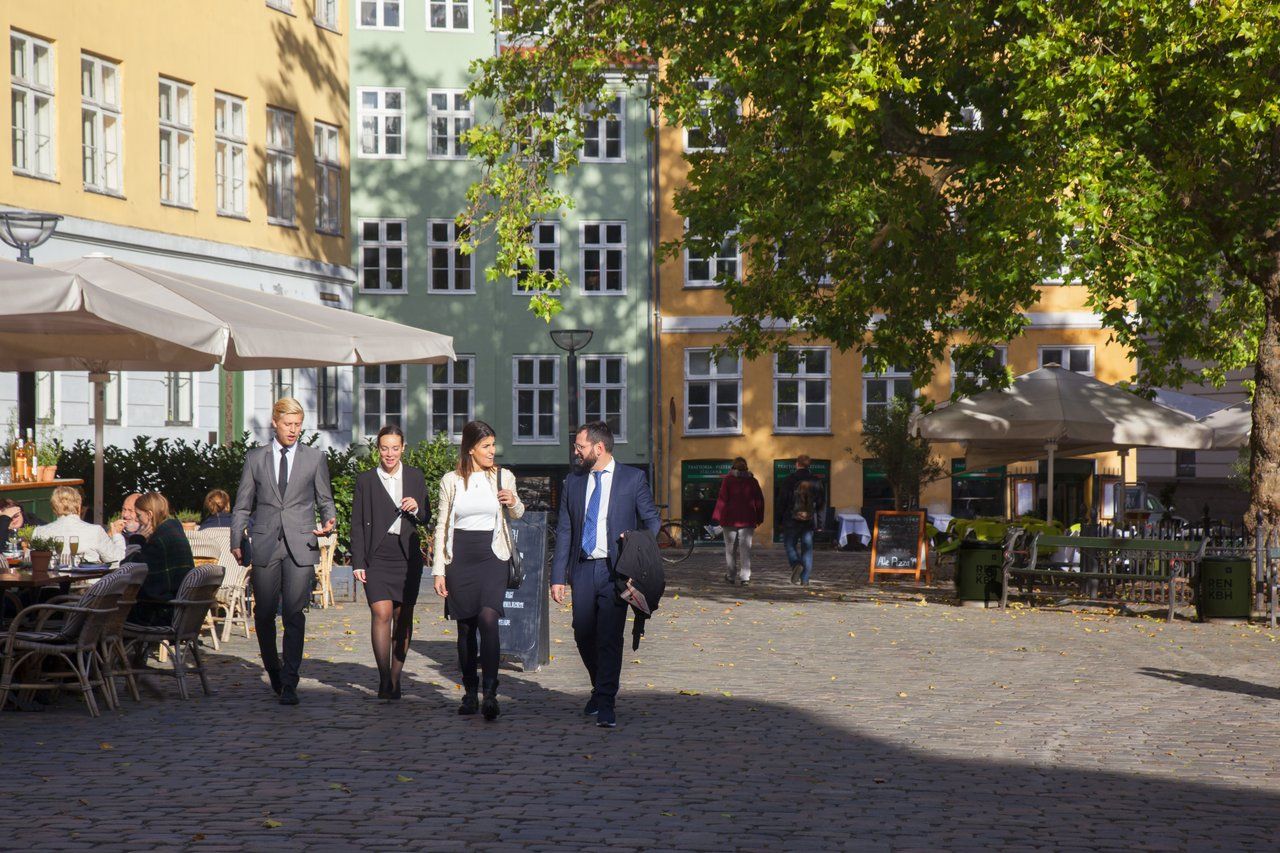More than half of Denmark’s 2,201 parishes are too small and underrepresented to stay open, according to the Church of Denmark’s own analysts at Kirkefondet.
Kirkefondet was established at the end of the 19th century to strengthen membership and participation in the Church of Denmark (Folkekirken), in particular among city dwellers. But today, at the beginning of the 21st century, the association is recommending that half of Denmark’s churches – many in rural areas – should, in theory, be closed. They simply do not have enough patrons to stay open, said the association.
“A parish with less than 1,000 members has a hard time maintaining a sustainable church life, It’s therefore obvious that we have too many parishes in Denmark,” Morten Skruppeltrang, Kirkefondet’s secretary general, told Jyllands-Posten newspaper.
In its most recent census Kirkefondet reported that 1,144 of Denmark’s 2,201 parishes had fewer than the minimum 1,000 members. And out of those, 40 parishes had fewer than 100 members. (See map.)
Although church membership has fallen dramatically in recent decades, only nine churches have closed since 1849. Today, the Church of Denmark has 2,354 churches, while less than five percent of the population – or fewer than 275,000 people – attend church on a weekly basis.
Earlier in February, BT interviewed ten of the country’s eleven bishops; eight of them predicted “a wave of church closings in coming years”.
Per Buchholdt Andreasen, the chairman of Præsteforeningen, the association of Church of Denmark ministers, came to the same conclusion.
“We are forced to acknowledge that some parishes are too small. When the new parish councils take office, their obvious project – along with the local deans and bishops – will be to make a list of parishes and churches that are too small to continue working independently,” he told Jyllands-Posten.
The parishes elect new members to their church councils every four years. At the 2008 election, 490 parishes voted to merge with neighbouring parishes, because they could not fill their own council seats.
“One way to determine whether a church is sustainable is to count the number of baptisms and churchgoers. But that should also be supplemented by in-depth conversations with the people who work in the parishes,” said the church minister, Manu Sareen (Radikale).
“That way, the church will have a good basis for deciding if a parish should be eliminated and its churches taken out of use,” he added.
This autumn the Church Ministry is expected to propose a law change that would allow parish councils and local deans to decide whether a church in their parish should be closed.














